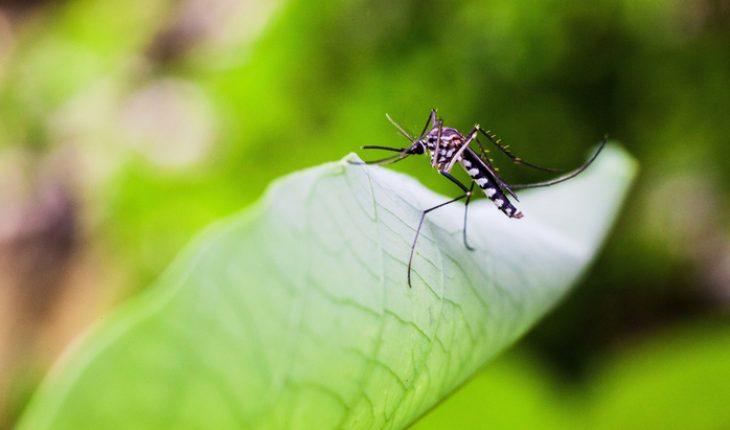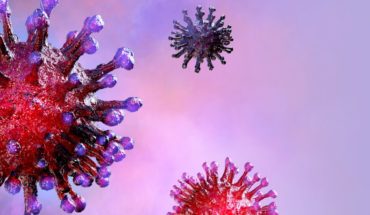How do malaria parasites invade human red blood cells where they multiply and cause infection? And can we use this knowledge to find a way to prevent this happening? To my mind, despite decades of research, we still know very little about this question or how to capitalise on our understanding of this mosquito-borne disease that still kills as many as half a million children in the poorest parts of the world.
Up until now, most research viewed invasion as a process driven by the parasites’ own molecular motor, permitting them to literally push their way into cells.
Up until now, most research viewed invasion as a process driven by the parasites’ own molecular motor, permitting them to literally push their way into cells
But what we have found, in a study published in the Proceedings of the National Academy of Sciences, is that invasion is in fact a balance of energy, the malaria parasites causing the blood cells to become bendier, making it easier for them to then drive in.
We first mooted this idea following a ‘meeting of minds’ held in Paris in 2012 where I invited scientists and physicists to consider how malaria parasites should inveigle themselves into the host cells. The physicists in the group reported that ‘of course’, if the parasites understood mechanics they would modify the host to make it easy for them to invade – a view running contrary to the prevailing dogma. So, after that meeting, our team at Imperial College London decided to try and confirm the hypothesis.
First, in collaboration with the University of Dresden, we filmed 1000 cells per second passing through a narrow channel before and after they were exposed to critical malaria parasite invasion proteins. Using this approach, we were able to determine cell deformability by measuring how elongated the cells became during transit through the channel. The red blood cells that were exposed to parasite proteins deformed much more readily as they passed through the channel, suggesting a parasite-induced change.
Next, in collaboration with Dr Nicholas Brooks from the Department of Chemistry at Imperial, we precisely measured where this deformation came from. We measured how much the cells deviate from their normally circular shape as their membranes naturally fluctuate or flicker.
The critical parasite protein-induced change appeared to be to the ‘bending modulus’ of the cells. The bending modulus is a measure of how much energy it takes to bend the cell membrane. The molecules tested reduced the bending modulus, meaning the parasite would require less energy to push its way in.
Available antimalarials, including the current lead-of-field Artemisinin, which won a Nobel Prize for its Chinese discoverer Tu Youyou in 2015, targets the parasite itself. But this has key drawbacks. The parasite is already developing resistance to Artemisinin in South East Asia and there are serious concerns that this resistance could spread to Africa, where the majority of deaths from malaria occur.
Drug therapies that target the red blood cells so that they do not bend in the presence of malaria could as such be a powerful new, and previously unexplored, tool in the fight against this deadly disease. For example, there are therapies developed for diseases like HIV that strengthen the body’s responses in addition to tackling the ‘invader’. It’s not impossible to imagine something similar for malaria, for example looking at a host-directed therapeutic and not just the parasite.
Importantly, a host-direct approach would make it much harder for the parasite to evolve resistance.
Interestingly, it is possible that nature has already found a way of doing this. There are variant red cell forms found in South East Asia (a condition called hereditary elliptocytosis or ovalocytosis) which mean people have less bendy red blood cells, and remarkably have a degree of protection from malaria infection. Thus a genetic trait may have be selected for in malaria-endemic populations that blocks the pathway that the malaria parasite uses to change red cell properties making them naturally less permissive for entry.
Another interesting question is, ‘Is susceptibility to malaria modified by fat or cholesterol content, or the age of circulating red blood cells?’ In other words, could we know that bendy cells are more permissive, are high cholesterol stiff red blood cells protective? No one has crunched the data on this but would its certainly worth considering!
To learn more about my work on Malaria visit Baum Lab.
- How malaria invades red blood cells - 10th April 2017







